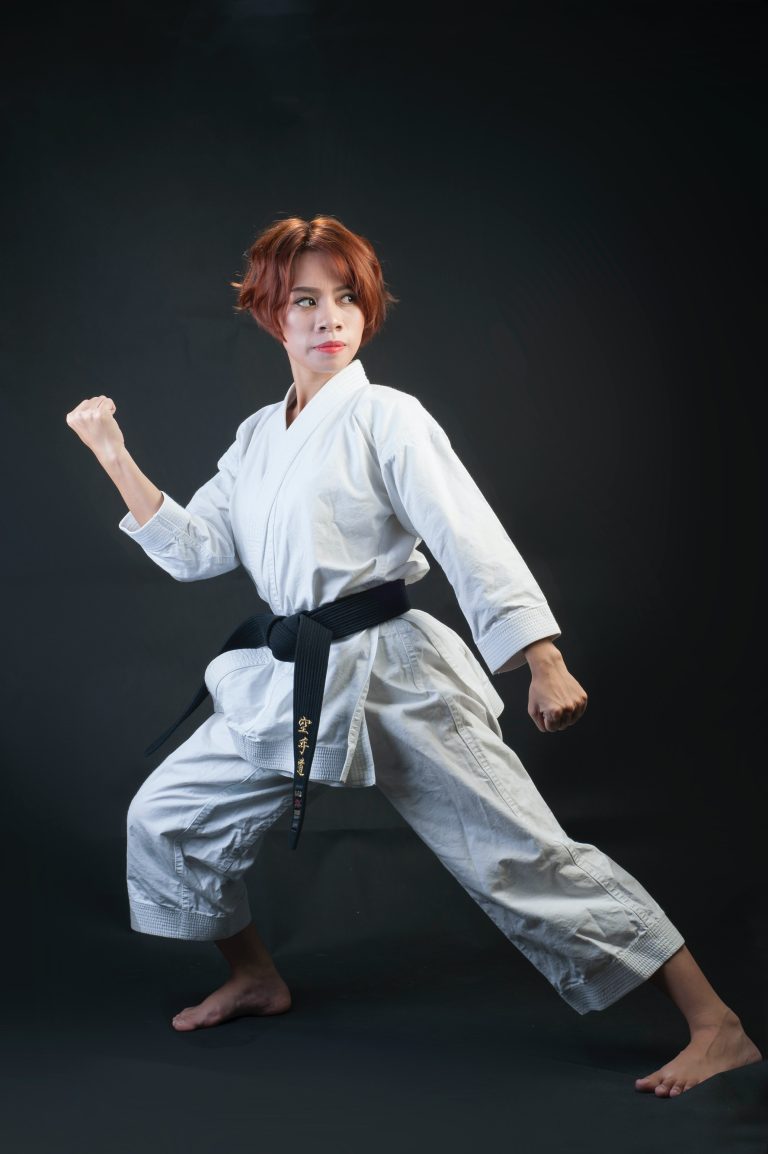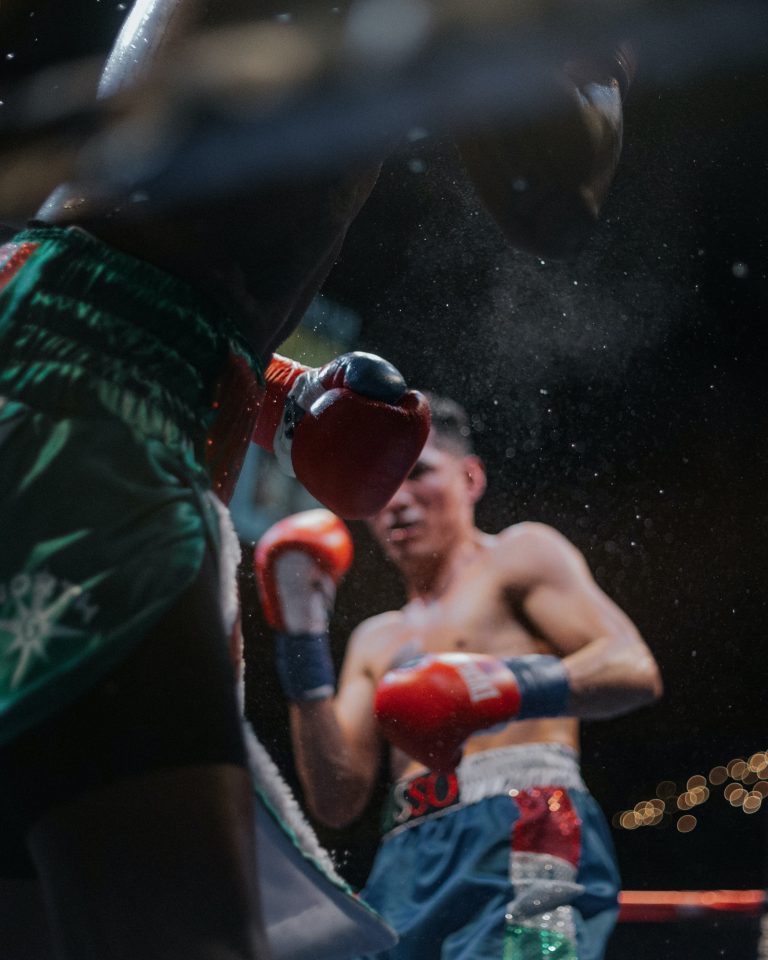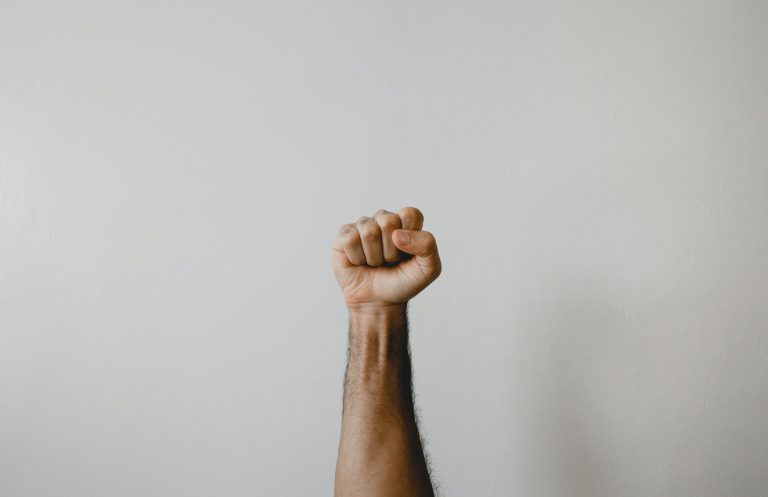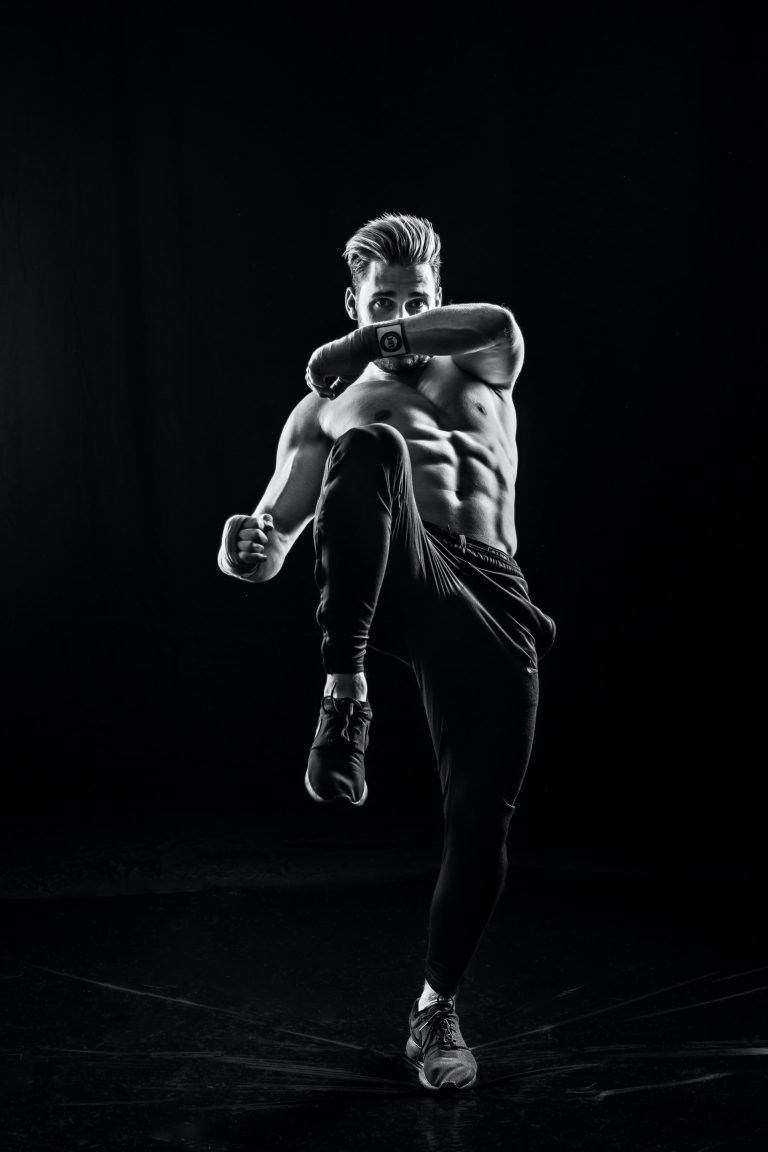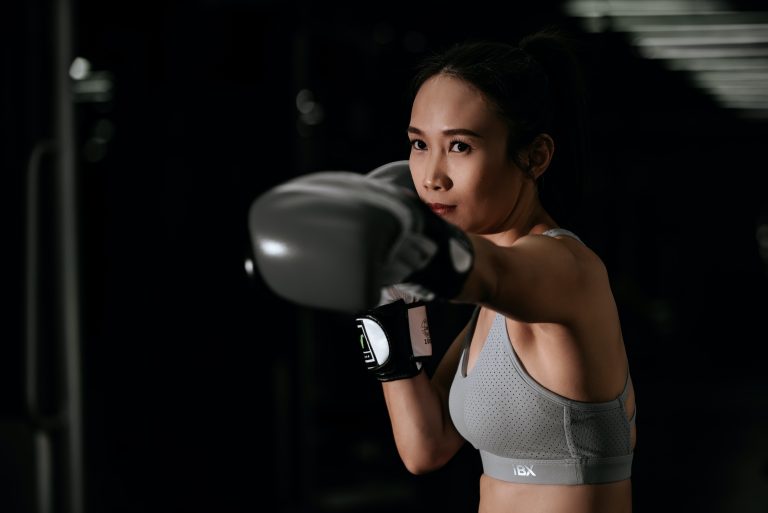Karate Training for a Better Attitude: The 10 Best Exercises
Karate is not just a physical practice; it also offers tremendous benefits to mental and emotional health. With its rigorous training regime, it promotes self-discipline, self-motivation, and inner peace. The practice of karate helps cultivate a positive attitude towards life, and you can take that attitude with you wherever you go.
Here are ten of the best exercise for karate training that will improve your attitude and overall well-being:
1. Mokuso (Meditation)
In karate, meditation is considered to be the most critical aspect of training. It provides a path towards finding inner peace and helps to clear the mind of distracting thoughts. Starting and ending each training session with a few minutes of meditation can work wonders for your mental and emotional state.
2. Kihon (Basics)
Kihon is the fundamental blocking, striking, and kicking techniques of karate. Practicing these forms can help improve your balance, coordination, and focus. Concentrating on the basics also helps build self-confidence and discipline.
3. Kata (Formal exercises)
Kata is a series of pre-set moves executed in a specific sequence to simulate fighting. It helps to improve your technique and sharpens your reflexes while also enhancing your spatial awareness and coordination. Practicing Kata also helps develop mental awareness, memory, and creativity.
4. Kumite (Sparring)
Kumite is a form of sparring that allows you to practice the techniques you have learned. This exercise helps to improve your reaction time, balance, and timing. It also teaches you to stay focused and remain calm, even in the face of an opponent.
5. Geri (Kicks)
Kicks are a significant aspect of karate training. Kicking improves your leg strength, range of motion, and coordination. Practicing kicks also builds lower body muscle tone, and your overall endurance.
6. Uchi (Punches)
Punches are another critical skill taught in karate. Practicing punching can help develop upper-body strength, speed, and coordination. Punching also helps to build self-esteem and confidence.
7. Sanchin (Three Battles)
Sanchin is an exercise that involves breathing techniques coupled with physical movements. It is designed to help build inner strength, endurance, and a feeling of stability.
8. Hojo undo (Supplementary Exercises)
Hojo undo is a series of supplementary exercises that help improve muscle strength, flexibility, and coordination. These exercises include techniques such as traditional Okinawan tools, including weights and training equipment.
9. Jiyu Kumite (Freestyle Sparring)
Jiyu Kumite is a form of sparring that requires rapid reactions and decision-making skills. Applying the techniques learned in karate, Jiyu Kumite strengthens your ability to react quickly, improvise, remain calm, and focused.
10. Kangeiko (Winter Training)
Kangeiko is training conducted during winter, a time when training conditions are at their most challenging. This exercise is designed to improve your discipline and self-will while helping to develop resilience and grit.
In Conclusion, karate is more than just a martial art; it is a way of life. Its lessons promote self-discipline, cultivate positive attitudes, and build strong characters. By practicing these ten exercises, you can improve your physical, mental, and emotional well-being while learning valuable life skills.
Karate Training for a Better Attitude: The 10 Best Exercises
Karate is a martial art form that originated in Okinawa, Japan, in the early twentieth century. It involves a variety of techniques, including kicks, strikes, and blocks, and is known for its focus on discipline, respect, and self-control. Karate training can be an excellent way to improve both physical and mental health, as well as to develop a more positive attitude towards life in general. In this blog post, we will explore the top ten best exercises for anyone looking to learn karate and improve their attitude.
1. Warm-up Exercises
Before beginning any karate training, it is essential to engage in a thorough warm-up routine to prevent injury and prepare your body for the upcoming workout. Some of the best warm-up exercises for karate training include jumping jacks, high knees, forward and backward lunges, and shadow boxing.
2. Kata Training
Kata is a key element of karate training and involves practicing a series of predetermined moves in a particular sequence. Training in kata can help develop muscle memory, enhance focus and concentration, and build self-confidence. Beginners should start with simpler kata sequences that involve basic moves, while more advanced students can progress to more complex sequences.
3. Kihon Training
Kihon training is another essential component of karate training and involves practicing basic techniques such as punches, kicks, and blocks. By focusing on perfecting these foundational moves, students can improve their overall technique, strength, and flexibility.
4. Bag Work
Bag work is a popular training technique in martial arts and involves practicing strikes and kicks on a heavy bag. This technique can help students build strength, speed, and endurance while also improving hand-eye coordination and correct technical form.
5. Sparring
Sparring is a more advanced technique that involves practicing fighting with a partner using controlled moves and strikes. This technique can help students develop timing, reflexes, and strategic thinking, as well as increase their confidence and self-awareness. Beginners should start with light sparring, gradually building up to more intense sparring sessions as their skills improve.
6. Strength Training
Building strength is an essential aspect of karate training and can help improve overall performance, prevent injury, and increase confidence. Strength training exercises such as squats, lunges, push-ups, and pull-ups are all beneficial for improving muscle tone and endurance.
7. Flexibility Training
Flexibility is another crucial component of karate training, as it can help improve technique and prevent injury. Dynamic stretches such as leg swings and high kicks, as well as static stretches like the hamstring stretch and butterfly stretch, are all highly recommended for improving flexibility.
8. Mental Training
Karate is not just a physical sport but also requires significant mental discipline and control. Techniques such as meditation, visualization, and breathing exercises can all help improve focus, reduce stress and anxiety, and develop a more positive attitude towards life.
9. Cardiovascular Training
Cardiovascular training is an essential part of any fitness routine and can help improve endurance and stamina. Activities such as running, cycling, and swimming are all great options for improving cardiovascular fitness and can complement karate training.
10. Rest and Recovery
Finally, it is crucial to allow for proper rest and recovery between training sessions to prevent burnout and injury. Rest and recovery techniques such as foam rolling, stretching, and getting enough sleep can all help the body recover and perform at its best.
Conclusion
Karate training can be an excellent way to improve both physical and mental health, as well as to develop a more positive attitude towards life in general. By engaging in warm-up exercises, kata training, kihon training, bag work, sparring, strength training, flexibility training, mental training, cardiovascular training, and rest and recovery techniques, students can build their skills and develop a more positive mindset. Whether you are just starting out or are already an experienced karate practitioner, incorporating these ten best exercises into your training routine can help take your skills to the next level.
Inhaltsverzeichnis

